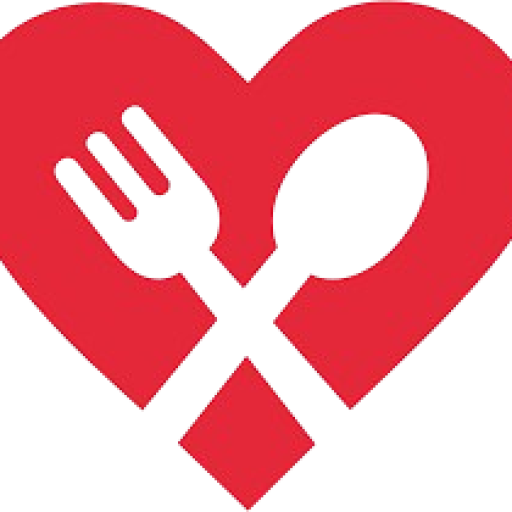If the goal is to add more fiber to your diet, there are lots of great options. Fruits, vegetables, grains, beans, peas and lentils all help you reach that daily fiber goal.
Fiber-rich foods have a mix of different fiber types.
- Some fiber helps keep stool moving in the large intestine.
- Other types of fiber help a person feel full for longer. That can lower the overall calories consumed and help with weight control.
- And a diet rich in dietary fiber in general has been linked to lower levels of heart disease.
The suggested amount of daily fiber depends on your age and how many calories you take in each day.
Current dietary guidelines for Americans suggests that people age 2 and older get 14 grams of fiber for every 1,000 calories in the daily diet. For children ages 12 months through 23 months, the guidelines suggest getting 19 grams of fiber a day.
In the charts below you’ll find common foods and their amount of dietary fiber.
Keep in mind:
- Check the label. When buying packaged foods, check the Nutrition Facts label for fiber content. It can vary among brands.
- Start slow. Adding too much fiber too quickly can result in intestinal gas, diarrhea, cramping and bloating. Consider increasing your fiber intake gradually over a few weeks.
- Drink fluids. As you eat more fiber, remember to drink plenty of fluids. Some fibers work best when they absorb water, so being well hydrated can help prevent uncomfortable bowel movements.
| Fruits | Serving size (grams) | Total fiber (grams)* |
|---|---|---|
| Raspberries | 1 cup (123) | 8.0 |
| Pear | 1 medium (178) | 5.5 |
| Apple, with skin | 1 medium (182) | 4.5 |
| Banana | 1 medium (118) | 3.0 |
| Orange | 1 medium (140) | 3.0 |
| Strawberries | 1 cup (144) | 3.0 |
| Vegetables | Serving size (grams) | Total fiber (grams)* |
|---|---|---|
| Green peas, boiled | 1 cup (160) | 9.0 |
| Broccoli, boiled | 1 cup chopped (156) | 5.0 |
| Turnip greens, boiled | 1 cup (144) | 5.0 |
| Brussels sprouts, boiled | 1 cup (156) | 4.5 |
| Potato, with skin, baked | 1 medium (173) | 4.0 |
| Sweet corn, boiled | 1 cup (157) | 4.0 |
| Cauliflower, raw | 1 cup chopped (107) | 2.0 |
| Carrot, raw | 1 medium (61) | 1.5 |
| Grains | Serving size (grams) | Total fiber (grams)* |
|---|---|---|
| Spaghetti, whole-wheat, cooked | 1 cup (151) | 6.0 |
| Barley, pearled, cooked | 1 cup (157) | 6.0 |
| Bran flakes | 3/4 cup (30) | 5.5 |
| Quinoa, cooked | 1 cup (185) | 5.0 |
| Oat bran muffin | 1 medium (113) | 5.0 |
| Oatmeal, instant, cooked | 1 cup (234) | 4.0 |
| Popcorn, air-popped | 3 cups (24) | 3.5 |
| Brown rice, cooked | 1 cup (195) | 3.5 |
| Bread, whole-wheat | 1 slice (32) | 2.0 |
| Bread, rye | 1 slice (32) | 2.0 |
| Legumes, nuts and seeds | Serving size (grams) | Total fiber (grams)* |
|---|---|---|
| Split peas, boiled | 1 cup (196) | 16.0 |
| Lentils, boiled | 1 cup (198) | 15.5 |
| Black beans, boiled | 1 cup (172) | 15.0 |
| Cannellini, Navy, Great Northern beans, canned | 1 cup (180) | 13 |
| Chia seeds | 1 ounce (28.35) | 10.0 |
| Almonds | 1 ounce, about 23 nuts (28.35) | 3.5 |
| Pistachios | 1 ounce, about 49 nuts (28.35) | 3.0 |
| Sunflower kernels | 1/4 cup (32) | 3.0 |
*Rounded to nearest 0.5 gram.
Source: USDA National Nutrient Database for Standard Reference, Legacy Release
All the foods listed are good options to boost your daily fiber amount. And some options can be combined, too.
For example, 1 cup of raspberries added to 1 cup of cooked oatmeal with half a serving of almonds could provide about 13.5 grams of fiber. A bean and vegetable salad may provide about 11 grams of additional fiber.
Together those two meal ideas supply most of the daily fiber goal for people who consume 2,000 calories a day.
Combined or alone, these nutritious choices are some of the many options for boosting your fiber intake.

